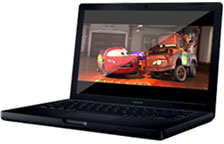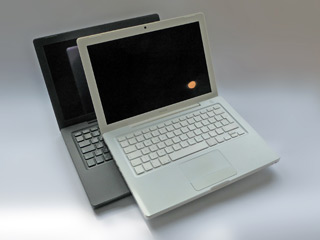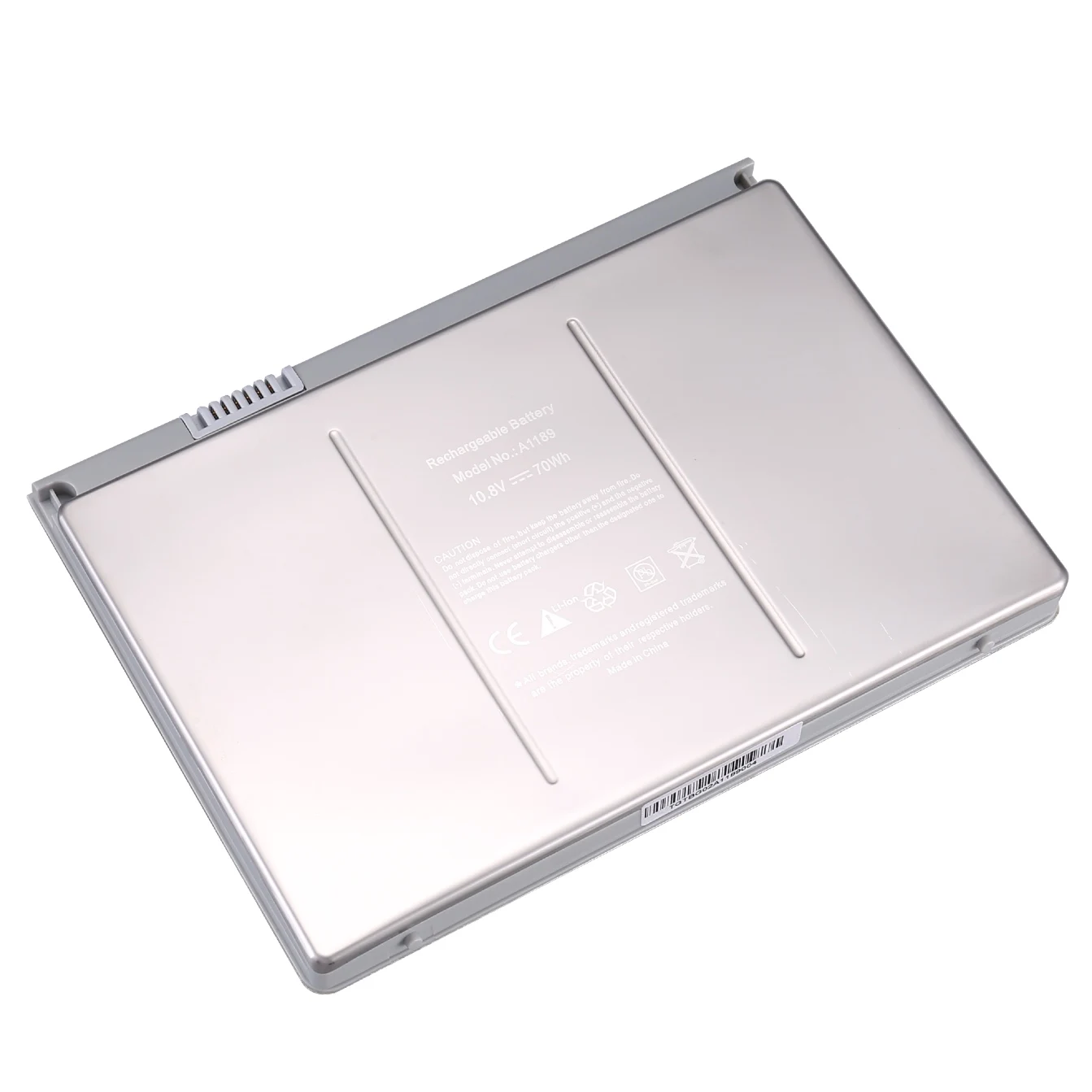
- #Macbook 2006 model number mac os#
- #Macbook 2006 model number upgrade#
- #Macbook 2006 model number pro#
- #Macbook 2006 model number Bluetooth#
#Macbook 2006 model number mac os#
Power PC Macs running any version of the Mac OS prior to 10.4.2 cannot mount GPT volumes. Both PowerPC and Intel Macs can boot from APM (Apple’s old partitioning scheme) hard drives, which is the format you must use to create a universal boot drive in Leopard. Only Macintel models can boot from GPT hard drives. Intel-based Macs use a partitioning scheme known as GPT. This will wake up your ‘Book and restore use of the built-in display. To resume use of the internal display, you need to disconnect the external display, put the computer to sleep, and then open the lid. The MacBook is designed to run safely in closed lid mode, but if yours runs hot (perhaps due to overclocking or high ambient temperatures), you may want to open the lid when in closed lid mode: The screen will remain off and the computer will more readily vent heat from the CPU. Since all video RAM is now dedicated to the external monitor, you may have more colors available at higher resolutions. The built-in display will remain off, and the external monitor will become your only display. Your ‘Book will go to sleep, but you can wake it by moving the mouse or using the keyboard. Power up your ‘Book until the desktop appears on the external display and then close the lid.
#Macbook 2006 model number Bluetooth#
To used closed lid mode, your ‘Book must be plugged into the AC adapter and connected to an external display and a USB or Bluetooth mouse and keyboard (you might also want to consider external speakers). 7200 rpm notebook drives start at $59 these days (August 2014), and for a serious speed boost, Other World Computing offers a 44 GB solid state drive (SSD) for just $50, although you’ll probably want something with more capacity.Ĭlosed Lid Mode: All Intel ‘Books support “lid closed” (or clamshell) mode, which leaves the built-in display off and dedicates all video RAM to an external display. As of August 2014, you can get 2 GB for $23 from Other World Computing, and with Snow Leopard just $20 from Apple, take the Mid 2006 MacBook as far as it will go with RAM and operating system.Įarly MacBooks used decent 5400 rpm hard drives, but newer drives will provide much snappier performance. You really need 1 GB to get okay performance from OS X 10.4 Tiger or 10.5 Leopard.
#Macbook 2006 model number upgrade#
If your Mid 2006 MacBook has 512 MB, upgrade immediately. With a 2 GB memory ceiling, it wouldn’t run Lion decently anyhow, and the first generation Intel Macs run Snow Leopard very nicely with 2 GB of RAM.

Because OS X 10.7 Lion is a 64-bit only operating system, Core Duo Macs do not support it, making OS X 10.6 Snow Leopard the end of the Mac OS road for the earliest Intel Macs. Using the 32-bit only Core Duo CPUs allowed Apple to introduced Intel-based Macs before the Core 2 Duo, which supports both 32-bit and 64-bit operation, came to market. Just like the other Macintel models, the MacBook comes with Front Row and a remote control.

MagSafe is designed to detach itself when someone trips over the cord, preventing your MacBook from crashing to the floor.
#Macbook 2006 model number pro#
The MacBook uses the same MagSafe power connector as the MacBook Pro line.


The top-end MacBook comes in a gorgeous black finish. New to the entry level are built-in iSight, a glossy screen, and support for extended desktop mode, something never officially supported with iBooks. We’ve been waiting quite a while to see what Apple would replace the iBook with, and the rumored 13.3″ widescreen MacBook is now a reality. The biggest surprise is that Apple is replacing both the iBook line and the 12″ PowerBook with the 13″ MacBook, greatly simplifying their line of notebook computers. Built around Intel’s Core Duo CPU, Apple claims up to 5x the performance of the iBook.


 0 kommentar(er)
0 kommentar(er)
